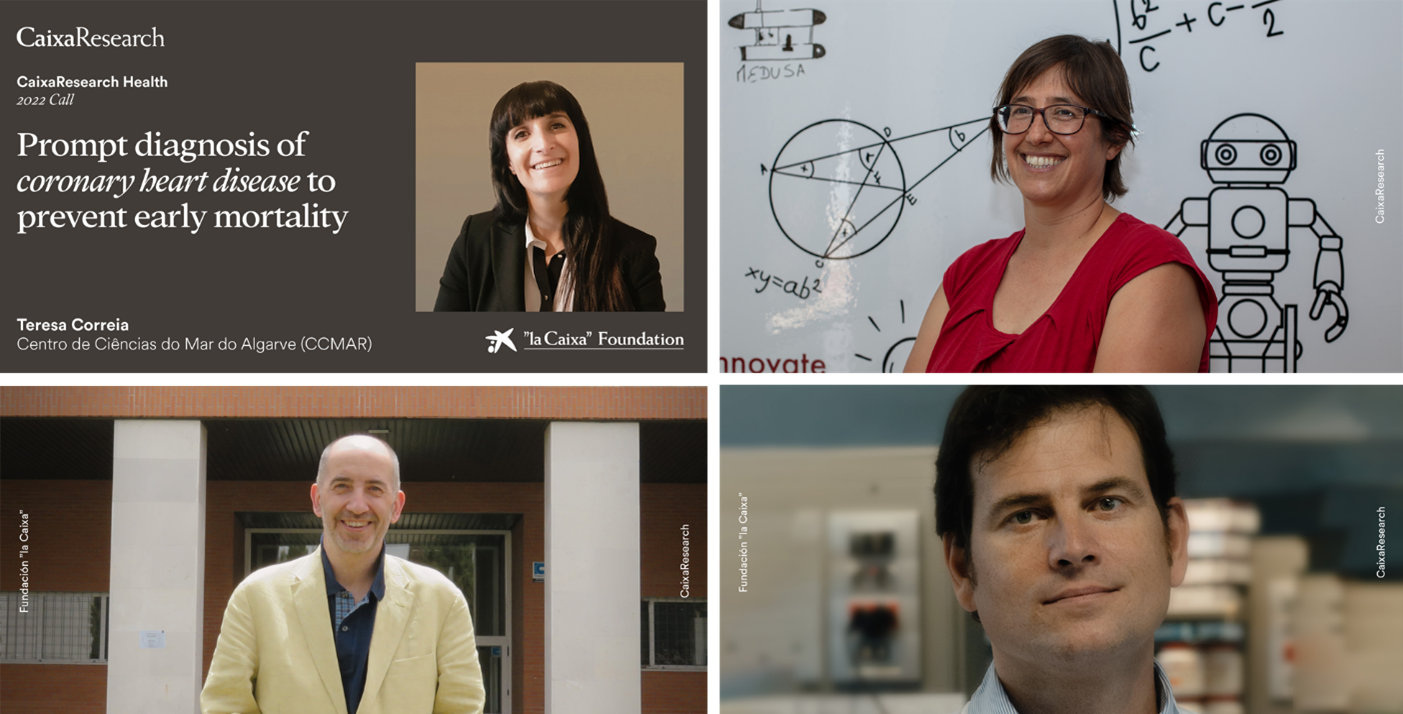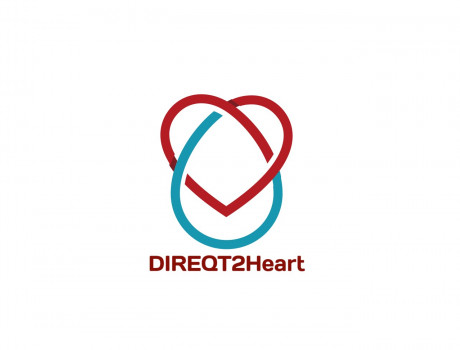Coronary heart disease (CHD), which is the leading cause of death worldwide, occurs when blood flow to the heart becomes restricted. Early detection of this condition is of paramount importance for preventing life-threatening events.
At present, the most commonly used method for the early detection of CHD is coronary angiography. This test provides images of blood flow through the coronary arteries to the heart. The problem is that it is an invasive procedure, requires hospital admission and exposes patients to radiation, so it is not only expensive, but also rather impractical for routine screening.
There is an alternative to this: perfusion cardiac magnetic resonance imaging (perfusion CMR). Unlike angiography, this procedure is safe and non-invasive. The drawbacks are its limited image quality and incomplete heart coverage. Moreover, data interpretation is complex and requires highly trained staff. This has limited the widespread adoption of perfusion CMR.
To overcome these drawbacks, the researchers in this project will combine mathematical models of cardiac blood flow, perfusion CMR and image reconstruction to obtain unprecedented insights into heart health. The results from the project will contribute to improving the diagnosis and management of CHD and ultimately increase the survival rates, quality of life and safety of patients.
The consortium is led by Teresa Matias Correia from CCMAR and includes Rita Nunes from Associação do Instituto Superior Técnico para a Investigação e Desenvolvimento, Carlos Alberola-López from University of Valladolid and Borja Ibáñez from Centro Nacional de Investigaciones Cardiovasculares Carlos III (CNIC).
Want to join our team? Apply here




